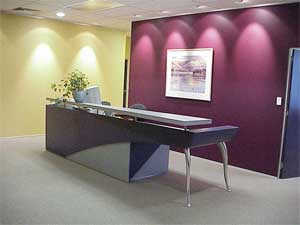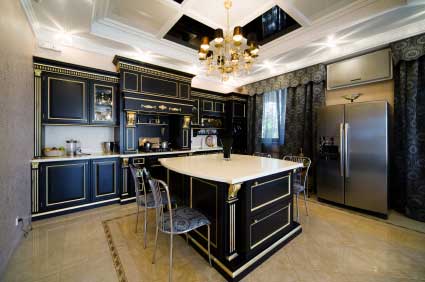Types of Lighting Categories and Sources
Here are the basics of lighting design, learning the different types of lighting and what they are used for. This will give you the grounding for you to start looking at a room and concepting how it will be used so you can work out the task lighting you require. Defining what you want to make as focal points, so you can allow for directional lighting to highlight these areas and then looking at the space and the amount of general lighting required.
General Lighting
A general light, is a light that is an overall source. The general light hasn’t had its light focused into a beam or set in a particular direction. The light shines in all directions from its source without obstruction, glass and translucent shades are included in this.
Directional Lighting
Directional light is light that is focused and forced to travel in a particular direction either by a reflector or baffle. This may be a spotlight of any sort or a lamp with an opaque shade (not translucent) so that the light goes in a particular direction.
Directional lighting
Reflected Lighting
Reflected lighting is light that is bounced off another object usually a wall or a ceiling, but it can be part of a fitting or bulb. It comes from a directional light source usually but has the light diffused by the reflection.
Rather than a spotlight shining directly on an object the light is bounced off a wall or ceiling to subtly and/or softly illuminate rather than the full intensity of directional light.
Uplighters and Downlighters
These are forms of spotlights that rely on reflected light off the floor or the ceiling, although a downlight can be used to illuminate an object directly at a pinch.
Downlights come in all sorts of forms that give a narrow beam that spreads down to the floor. They are recessed or semi recessed and may be a feature or extremely discreet. Some have baffles or reflectors and are able to be angled to direct light to wash a wall i.e. a wall washer.
Uplighters can be freestanding or may be mounted directly to the wall and either fully shrouded or have a translucent shade giving an overall ambient light as well as a reflected light.
Uplighters used to illuminate the ceiling.
All these types of lighting can be used in combination but you have to pay particular attention to the lux level or overall light level to create the mood. A room can be moderately lit with an overall level of 200 lux and a display within the room at 400 to 600 lux for effect or contrast.
Generally sets of lighting sources should be switched separately to control the effects and to keep the system as versatile as possible. Remember that a lighting system is for creating mood, enabling tasks to be carried out and to enhance the effects of the interior design of the room, is should not be looked at as just a general light source.


